
- Subject:
- Applied Science
- Biology
- Life Science
- Material Type:
- Module
- Author:
- OpenStax College
- Date Added:
- 07/18/2021

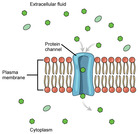
By the end of this section, you will be able to:Explain why and how passive transport occursUnderstand the processes of osmosis and diffusionDefine tonicity and describe its relevance to passive transport
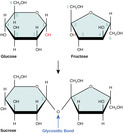
By the end of this section, you will be able to:Discuss the role of carbohydrates in cells and in the extracellular materials of animals and plantsExplain the classifications of carbohydratesList common monosaccharides, disaccharides, and polysaccharides


By the end of this section, you will be able to:Describe the four major types of lipidsExplain the role of fats in storing energyDifferentiate between saturated and unsaturated fatty acidsDescribe phospholipids and their role in cellsDefine the basic structure of a steroid and some functions of steroidsExplain the how cholesterol helps to maintain the fluid nature of the plasma membrane

By the end of this section, you will be able to:Describe the structure of nucleic acids and define the two types of nucleic acidsExplain the structure and role of DNAExplain the structure and roles of RNA
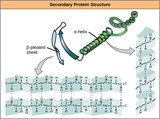
By the end of this section, you will be able to:Describe the functions proteins perform in the cell and in tissuesDiscuss the relationship between amino acids and proteinsExplain the four levels of protein organizationDescribe the ways in which protein shape and function are linked

By the end of this section, you will be able to:Understand the synthesis of macromoleculesExplain dehydration (or condensation) and hydrolysis reactions

By the end of this section, you will be able to:Define matter and elementsDescribe the interrelationship between protons, neutrons, and electronsCompare the ways in which electrons can be donated or shared between atomsExplain the ways in which naturally occurring elements combine to create molecules, cells, tissues, organ systems, and organisms

By the end of this section, you will be able to:Explain why carbon is important for lifeDescribe the role of functional groups in biological molecules


By the end of this section, you will be able to:Describe the properties of water that are critical to maintaining lifeExplain why water is an excellent solventProvide examples of water’s cohesive and adhesive propertiesDiscuss the role of acids, bases, and buffers in homeostasis

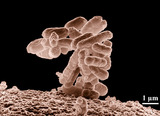
By the end of this section, you will be able to:Identify the shared characteristics of the natural sciencesSummarize the steps of the scientific methodCompare inductive reasoning with deductive reasoningDescribe the goals of basic science and applied science

By the end of this section, you will be able to:Identify and describe the properties of lifeDescribe the levels of organization among living thingsRecognize and interpret a phylogenetic treeList examples of different sub disciplines in biology
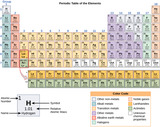

This gateway biology course provides a strong foundation in the principles of biology for students majoring in Natural Science, medical and healthcare fields. It is the second of a two-course sequence. Primary topics such as the history of life, body systems, and ecology are covered in this course.
This course was developed by Lumen Learning, with contributing work from Shelli Carter. The course is based on the OpenStax textbook Biology, supplemented with relevant materials from Khan Academy and videos from multiple sources. Original practice activities were authored by Shelli Carter and Lumen Learning in the development of this course.
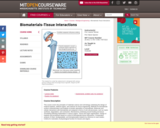
This course covers the principles of materials science and cell biology underlying the design of medical implants, artificial organs, and matrices for tissue engineering. Methods for biomaterials surface characterization and analysis of protein adsorption on biomaterials. Molecular and cellular interactions with biomaterials are analyzed in terms of unit cell processes, such as matrix synthesis, degradation, and contraction. Mechanisms underlying wound healing and tissue remodeling following implantation in various organs. Tissue and organ regeneration. Design of implants and prostheses based on control of biomaterials-tissue interactions. Comparative analysis of intact, biodegradable, and bioreplaceable implants by reference to case studies. Criteria for restoration of physiological function for tissues and organs.